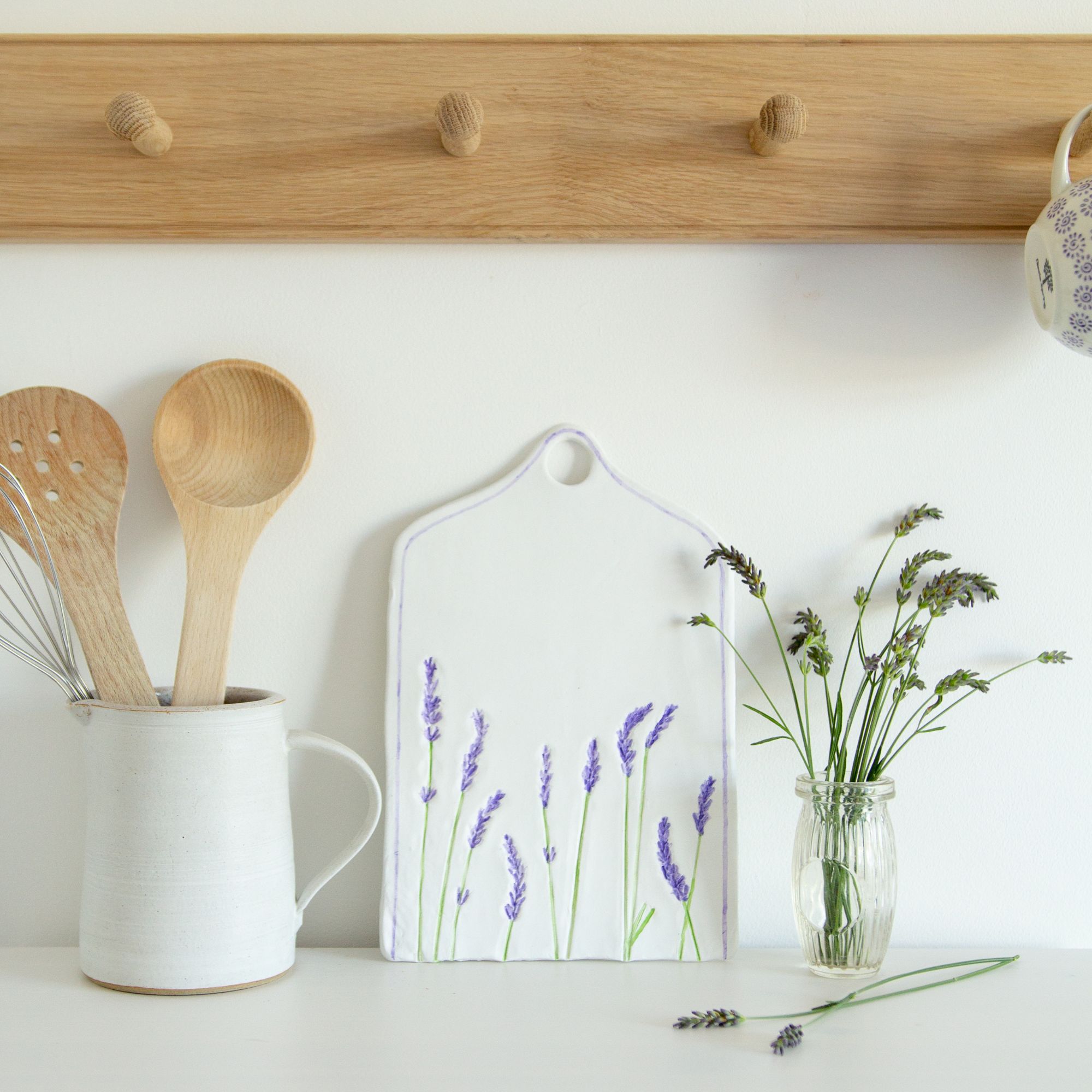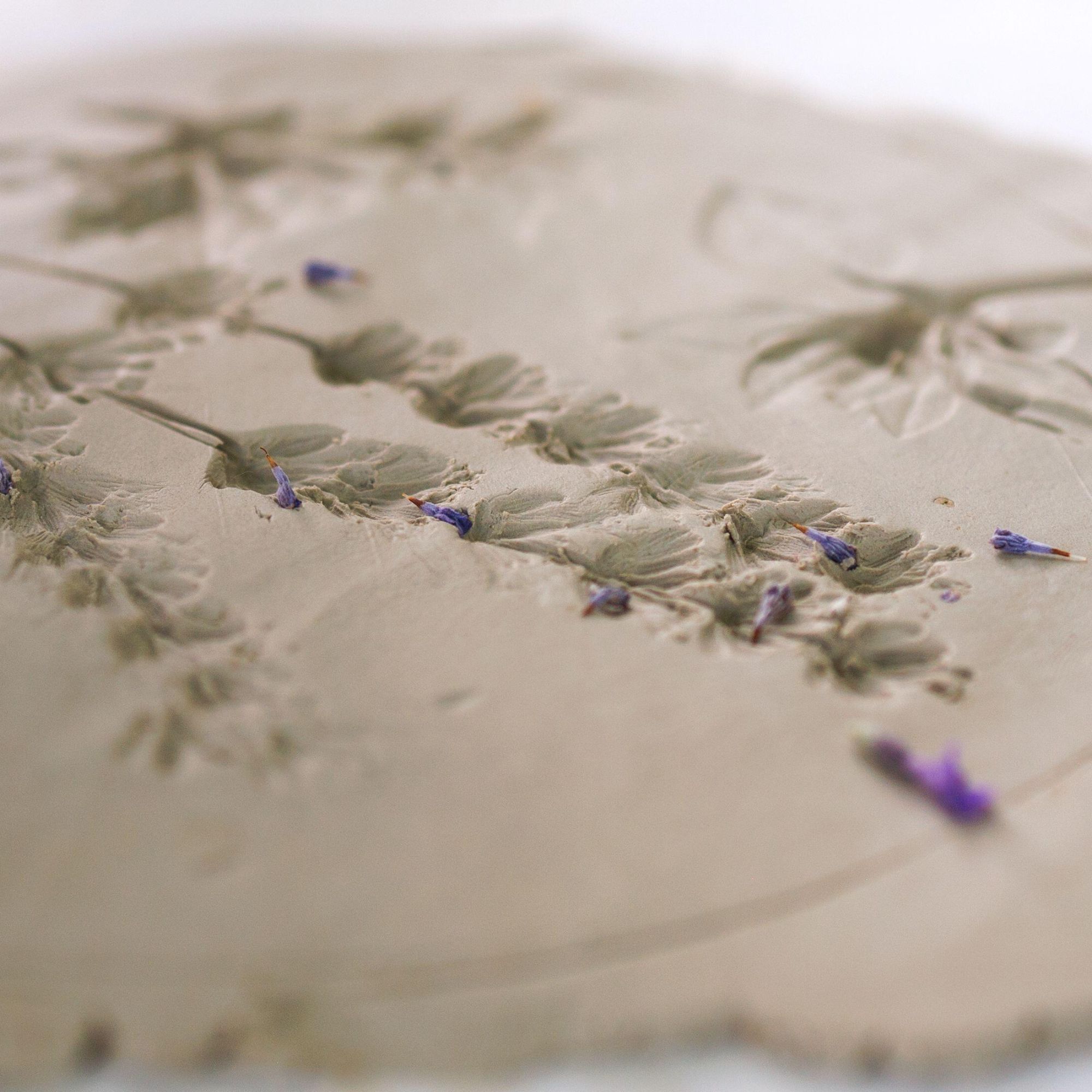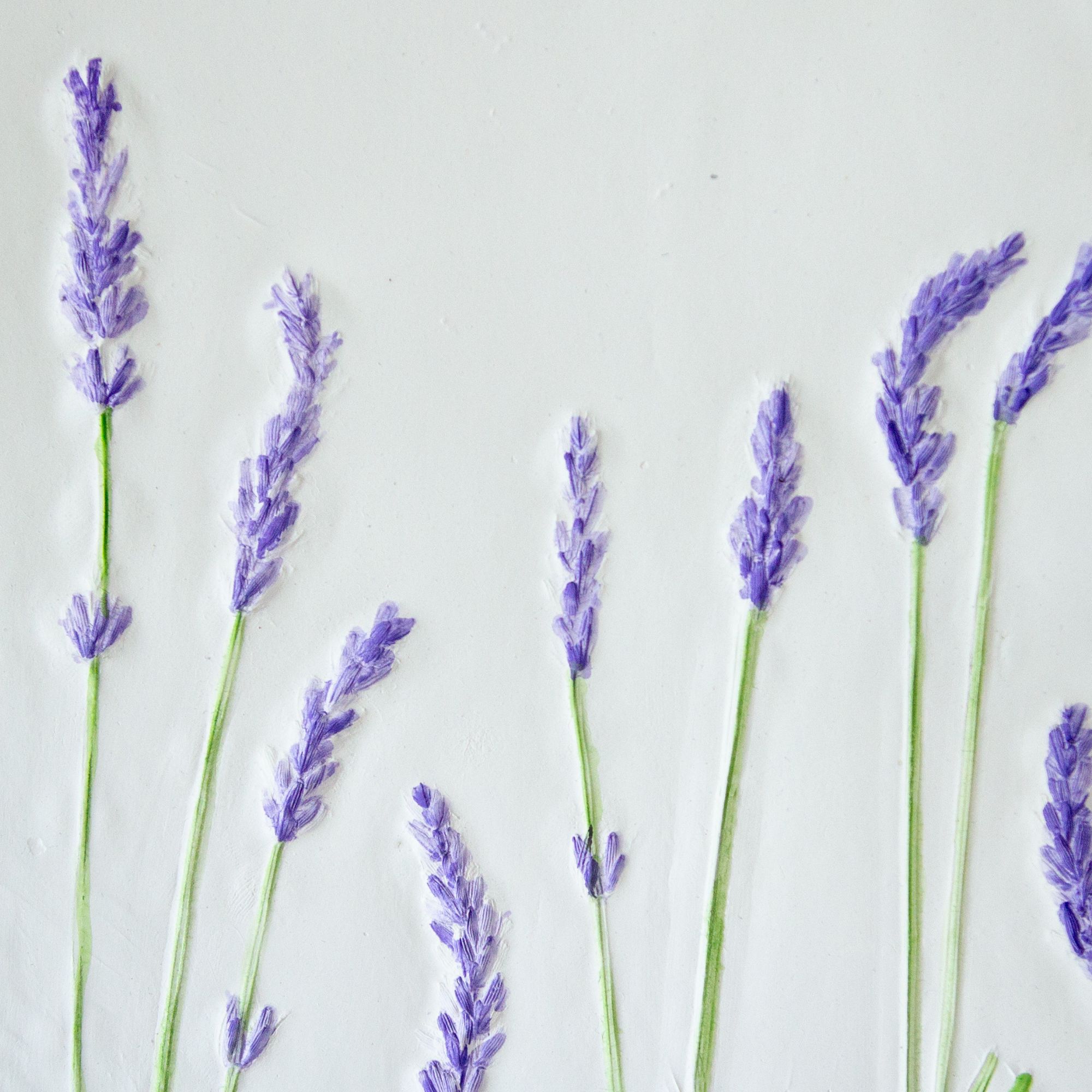
Lavender is one of the heroes of the garden, filling the space with its billowing purple blooms. But if you've been growing lavender, then you'll already know just how special this bloom is.
Distil the beauty of this delicate flower by crafting a decorative lavender board, which will bring a pretty floral touch to your kitchen.
If you don’t have lavender to hand, you can use any foliage or flowers from your garden to create unique impressions in your clay board.
Alternatively, learn how to take lavender cuttings or how to grow lavender from seed to add this beautiful bloom to your garden.
What you will need to make a lavender board
- Fresh lavender
- Air-dry clay – like this DAS White clay available on Amazon
- Rolling pin
- Ruler
- Craft knife
- Cutting mat
- Small round cookie cutter
- Warm water
- Greaseproof paper
- A large, heavy book
- Fine paintbrush
- Watercolours – like this Major Brushes set of twelve colours from Amazon
- Das Vernidas Professional varnish – available on Amazon
Step-by-step
1. Roll out clay

Take a large piece of air-dry clay and place it on a cutting mat. Roll out the clay into a rectangular shape, it should be approximately 5mm thick.
2. Cut out
Using a ruler and knife, square off the bottom and two sides, and create a curved chopping board shape at the top. Use the small round cookie cutter to cut out a hanging hole at the top. Then, dip your finger in warm water and smooth the corners and rough edges – this will ensure a professional finish.
3. Create lavender impressions

Position the cut lavender stems along the bottom edge and, when you are happy with their position, press each piece into the clay to leave a visible impression. You roll a rolling pin lighting over the blooms to help make the impression.
If you have any leftover lavender stems why not learn how to dry lavender for sachets?
This compact lavender produces dense spikes of fragrant, bluish-purple summer flowers above slender, aromatic, grey-green leaves. Perfect for edging paths and borders!
4. Let dry
Place the board between two pieces of greaseproof paper and put a heavy book on top to stop the board from curling when drying. Leave to dry completely – this will take between 24 and 72 hours, depending on the brand and temperature.
5. Paint

Dilute purple and green watercolour paints with lots of water until you have a pale purple wash and a green wash.
Apply a small amount of purple paint to the lavender spikes using the paintbrush. Don’t overload the brush with paint so as not to flood the board.
Gently apply a fine line of the green paint along each stem and on any leafy offshoots. Again don’t overload the brush.
If the paint wash is too pale once dried, apply a second coat for a richer colour. Paint a thin line of purple around the top and edges of the board.
6. Let paint dry and seal

Leave the paint to fully dry before sealing the board with varnish. Apply the varnish to one side of the board, then let it dry before repeating on the reverse. Allow to dry completely before use.







